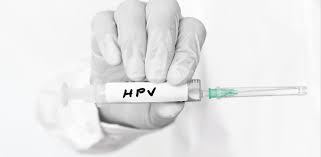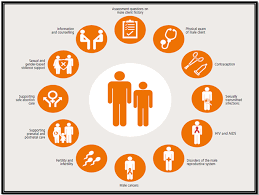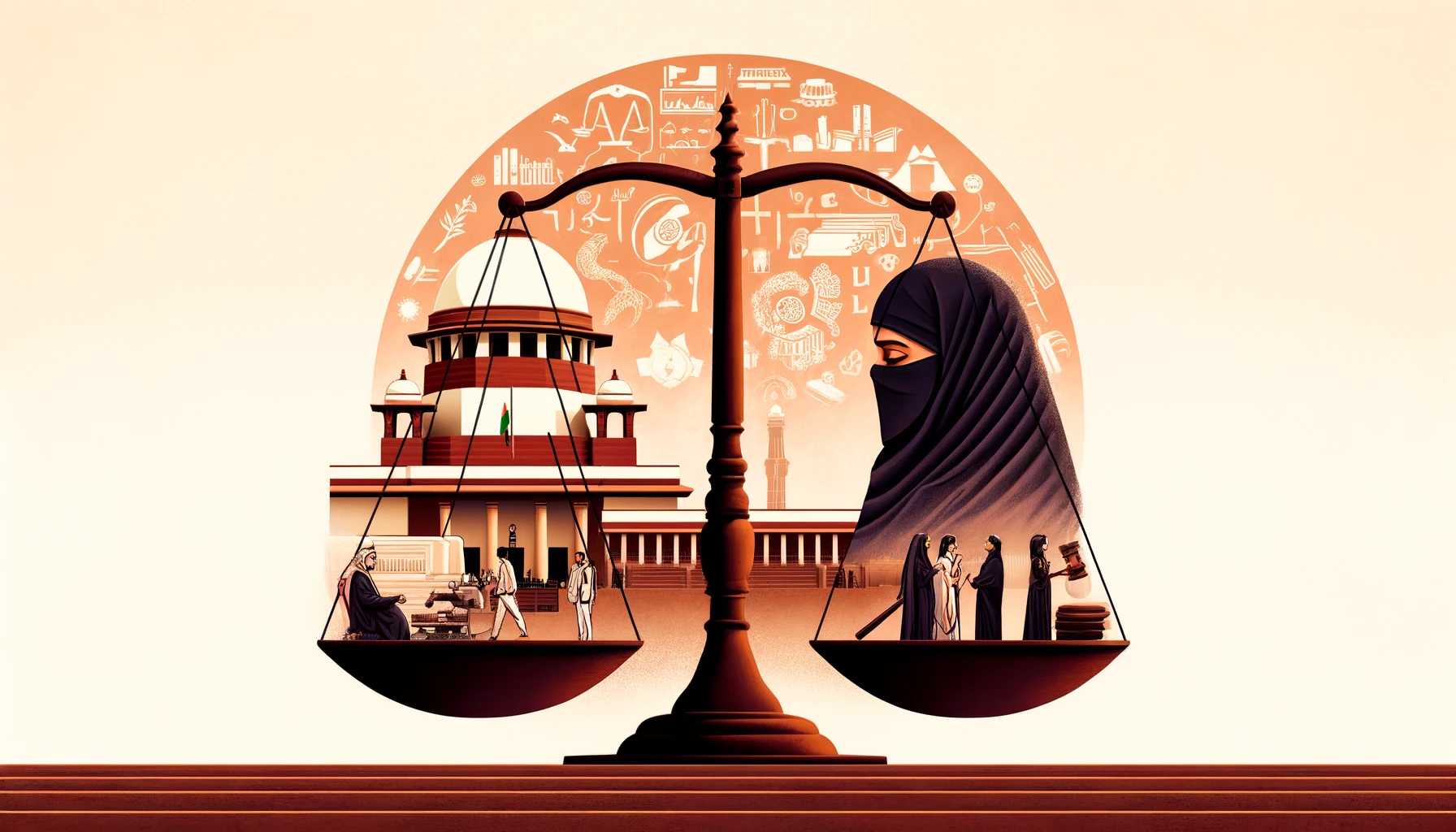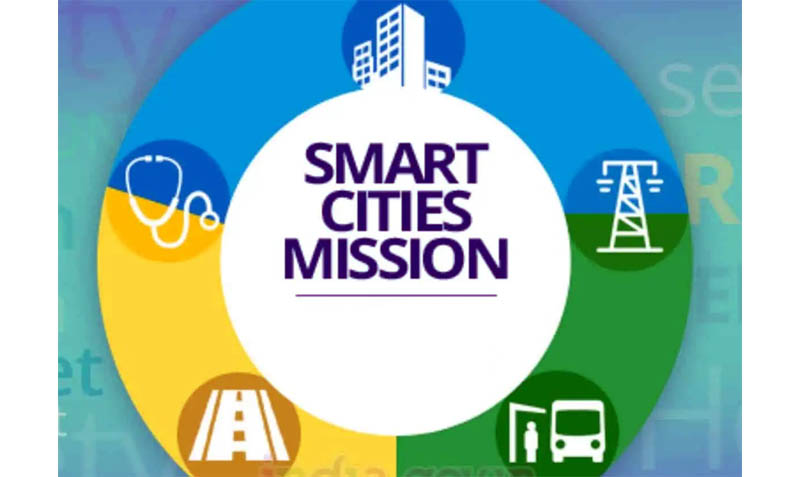The Hindu : Page 08
Syllabus : GS 2 & 3 - Social Justice & Science & Tech

Context
- The controversy over HPV vaccination in India questions its efficacy in preventing cervical cancer amidst declining global trends.
- The introduction of the indigenous ‘Cervavac’ by the Serum Institute of India highlights delays due to global patent regimes, pricing challenges, and concerns over equitable access to healthcare solutions.
Overview of HPV Vaccination Debate in India
- Recent discussions in India highlight uncertainties regarding the efficacy of HPV vaccination in preventing cervical cancer, as not all HPV strains are definitively linked to cancer.
- Critics argue that while most cervical cancer cases are HPV-positive, not all HPV carriers develop cancer.
- Both Indian Population Based Cancer Registries (PBCR) and the International Agency for Research on Cancer (IARC) have noted declining cervical cancer rates in India and globally, irrespective of vaccination efforts.
Development and Introduction of Indigenous HPV Vaccine
- Introduction of ‘Cervavac’: The Serum Institute of India (SII) developed ‘Cervavac,’ marketed as an indigenous and affordable HPV vaccine. This vaccine targets high-risk populations and aims to address specific local health challenges.
- ‘Cervavac’ arrived nearly two decades after the introduction of patented HPV vaccines in Western countries like the United States and Australia, highlighting delays caused by global patent regimes and monopolies.
- Technological Basis: ‘Cervavac’ utilizes virus-like particles (VLPs) produced via recombinant deoxyribonucleic acid (rDNA) techniques, a technology dating back to the 1970s also used for the Hepatitis-B vaccine.
Challenges Prevalent in Vaccine Manufacturing
- Complex Manufacturing Processes: Vaccine manufacturing involves complex biological processes and stringent quality control measures.
o Developing and scaling up production requires specialized facilities and skilled personnel, which can be costly and time-consuming to establish.
- High Regulatory Standards: Vaccines are subject to rigorous regulatory scrutiny to ensure safety, efficacy, and consistency.
o Meeting regulatory requirements in multiple jurisdictions adds complexity and may delay the approval and market entry of new vaccines.
- Supply Chain and Distribution: Maintaining a reliable supply chain for vaccine components and ensuring cold chain storage and distribution are critical challenges.
o This becomes even more pronounced in resource-constrained settings or during global health emergencies where demand surges.
Its Impact on India
- Delayed Access to Affordable Vaccines: India’s capability to produce vaccines at scale is hindered by stringent patent laws and complex regulatory requirements.
o This delays the availability of affordable vaccines domestically, impacting public health initiatives and access for vulnerable populations.
- Economic and Health Implications: High costs associated with vaccine development and production limit affordability and accessibility, exacerbating healthcare inequalities.
o This affects India’s ability to address preventable diseases effectively, impacting public health outcomes and economic productivity.
Unavailability of Competing Vaccines and Future Scope
- Lack of Market Competition: Despite the expiration of earlier patents, there is a notable absence of competing HPV vaccines from domestic manufacturers in India.
o This limits options for consumers and healthcare providers, potentially leading to higher prices and reduced accessibility, particularly in the private market.
- Potential for Future Development: Several Indian biotech companies had announced plans to develop HPV vaccines, indicating a future scope for competition and potentially lower prices.
o However, these initiatives have not materialized into market-ready products, highlighting challenges in vaccine development and commercialization in India’s regulatory and economic environment.
Way forward:
- Promote Research and Development Incentives: Encourage and support Indian biotech companies through research grants, tax incentives, and streamlined regulatory pathways for HPV vaccine development.
- Enhance Public-Private Partnerships: Foster collaborations between government entities, academic institutions, and private-sector vaccine manufacturers to improve vaccine accessibility and affordability.
About Cervical Cancer
- It starts in the cells of the cervix. The cervix is the lower, narrow end of the uterus (womb).
- In a small percentage of people the virus survives for years, contributing to the process that causes some cervical cells to become cancer cells.
- Causes
o Various strains of the Human papillomavirus (HPV) play a role in causing most cervical cancer.
o Human papillomavirus (HPV) is a common sexually transmitted infection which can affect the skin, genital area and throat.
o When exposed to HPV, the body's immune system typically prevents the virus from harming.
- Types of HPV Vaccines available
o Quadrivalent vaccine (Gardasil): It protects against four types of HPV (HPV 16, 18, 6 and 11).
o Bivalent vaccine (Cervarix): It protects against HPV 16 and 18 only.
o Non-valent vaccine (Gardasil 9): It protects against nine strains of HPV..
Present trends of cervical cancer prevalence in India and the Globe
- Global Trends: Cervical cancer is the fourth most common cancer among women globally, with an estimated 604,000 new cases and 342,000 deaths reported in 2020.
o Mortality rates vary widely by region, with the highest rates observed in low- and middle-income countries due to limited access to screening and treatment.
- Trends in India: In India, cervical cancer is the second most common cancer among women aged 15-44 years. It accounts for approximately 17% of all female cancer deaths in the country, with over 97,000 new cases reported annually







